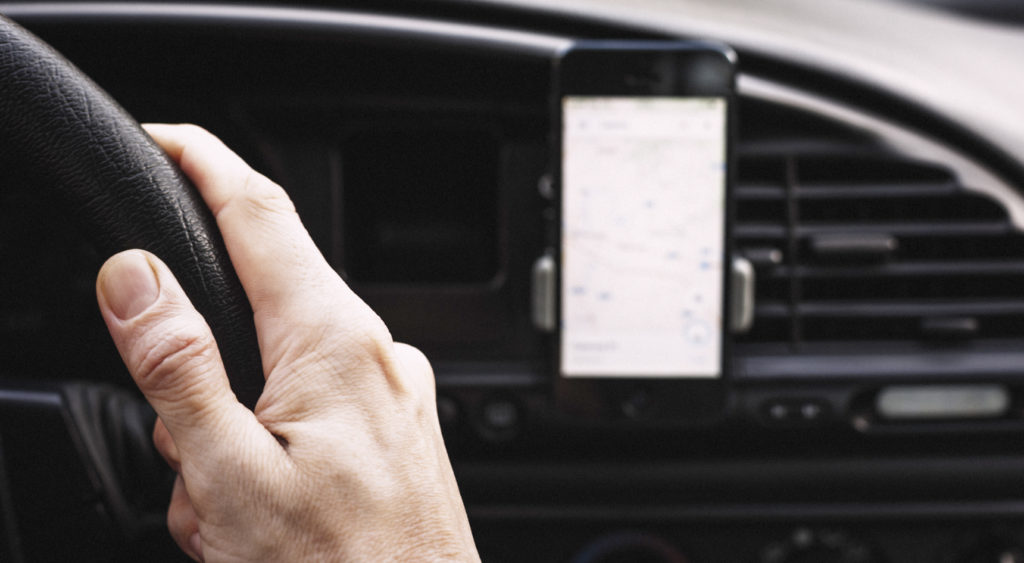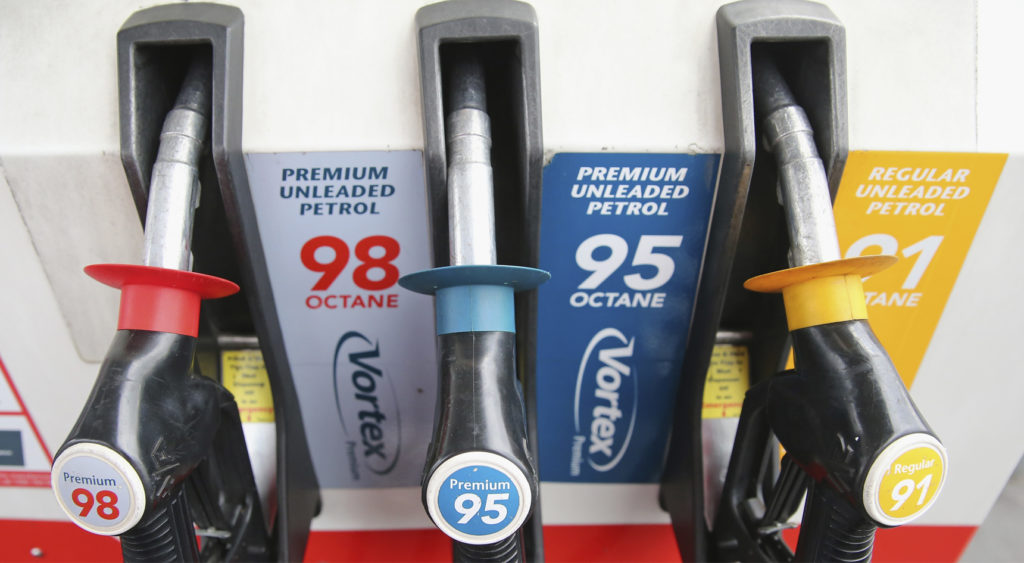5 driving myths debunked

We bust 5 common driving myths that many motorists take as gospel.
Myth: Hands-free devices eliminate the dangers of using a phone while driving.
Your mobile phone is in a hands-free dock and connected to Bluetooth, so it’s completely safe to take a call while you’re driving, right? Not necessarily.
A 2016 study by the Queensland University of Technology (QUT) found talking hands-free on a mobile phone was just as distracting as having a conversation using a hand-held device.
The study took a group of motorists and exposed them to a virtual road network, which included pedestrians entering the driver’s peripheral vision from a footpath and a zebra crossing.
The team at QUT found drivers using hand-held devices and having hands-free conversations took 40% longer to react to pedestrians, compared to drivers who weren’t using a phone at all.
The study found reaction times and overall stopping distances increased when a motorist was talking on their mobile phone, whether they ere using a hands-free or hand-held device.
Remember this next time you go to answer your phone using a hands-free device when you’re driving. It might be best to wait until you get to your destination and return the phone call.

Myth: High-octane fuel will improve your car’s performance.
This myth is a bit tricky, but we can still bust it. When you visit the petrol station there are usually 3 types of petrol available: 91 octane, 95 octane and 98 octane.
These are rated by their Research Octane Number (RON), which measures the petrol’s anti-knock quality (the tendency of the fuel to detonate instead of burning smoothly). 91 octane fuel has a low anti-knock quality, while 95 and 98 allow engines to run at a higher compression level.
If you’ve got a normal run-of-the-mill car – like a Holden Astra or Toyota Camry – that only requires 91 octane fuel, then there’s no need to use 95 or 98 octane fuel.
Your engine is already able to perform at its highest efficiency on the recommended fuel, making higher-quality petrol superfluous. Essentially it won’t make much difference to how the car performs or its fuel efficiency.
On the other hand, a high-performance vehicle that requires 95 or 98 octane petrol is designed to take advantage of the properties of high-octane fuel. Be wary of using a lower octane fuel than recommended by the manufacturer – it could damage the engine.
The verdict: If your car is designed to run on 91 octane fuel, there’s no point filling it up with more expensive 95 or 98 octane petrol. You’ll notice no difference in your car’s performance.

Myth: Driving in thongs or barefoot is illegal.
Most South Australians have probably driven to the beach in summer wearing thongs at some point during their motoring lives. If you were worried it was illegal to drive wearing thongs, you can breathe a sigh of relief.
There are no specific laws in South Australia that say what drivers should or shouldn’t wear on their feet; however, for safety reasons, bare feet, thongs, slippers and high heels aren’t recommended.

